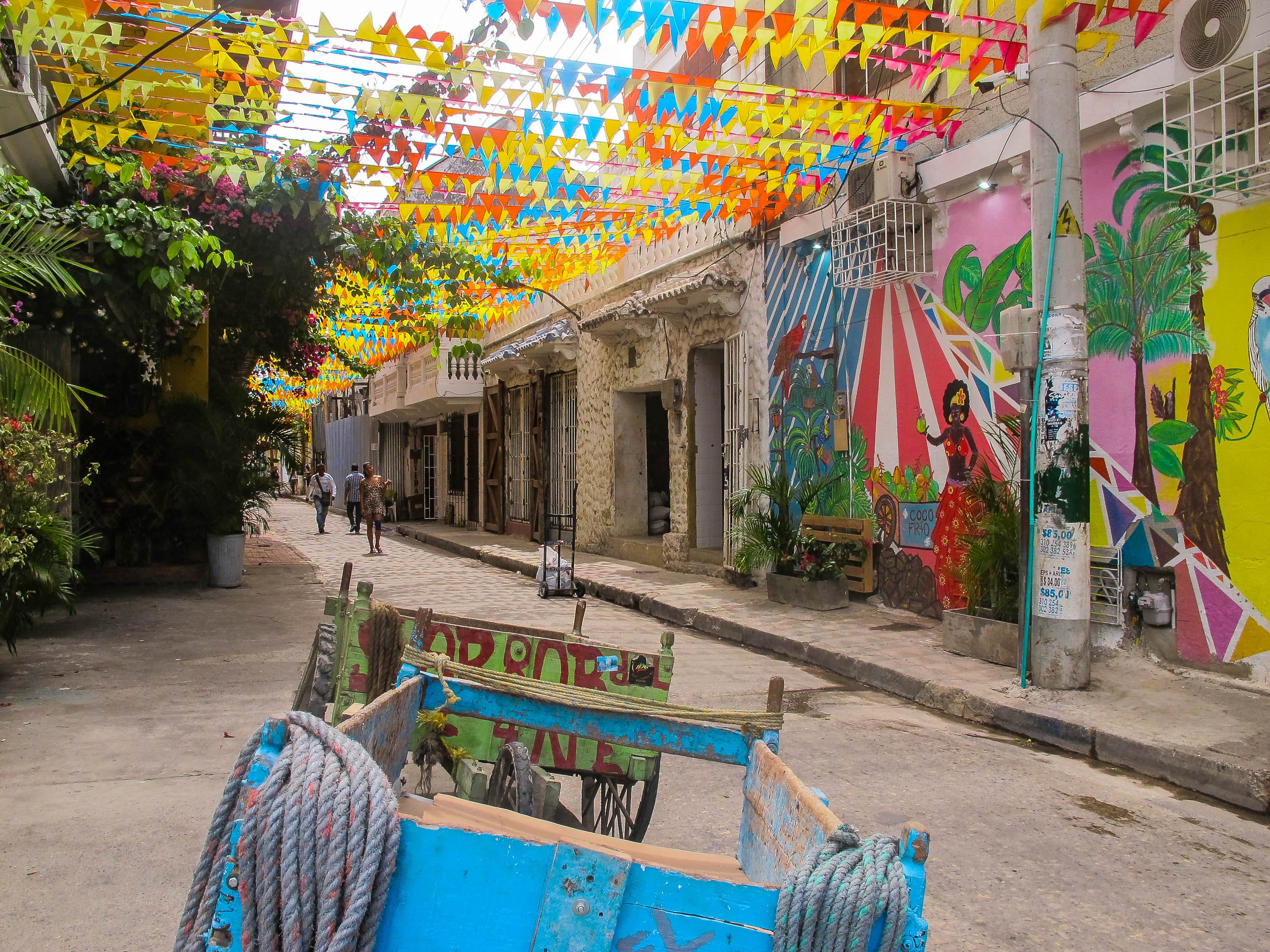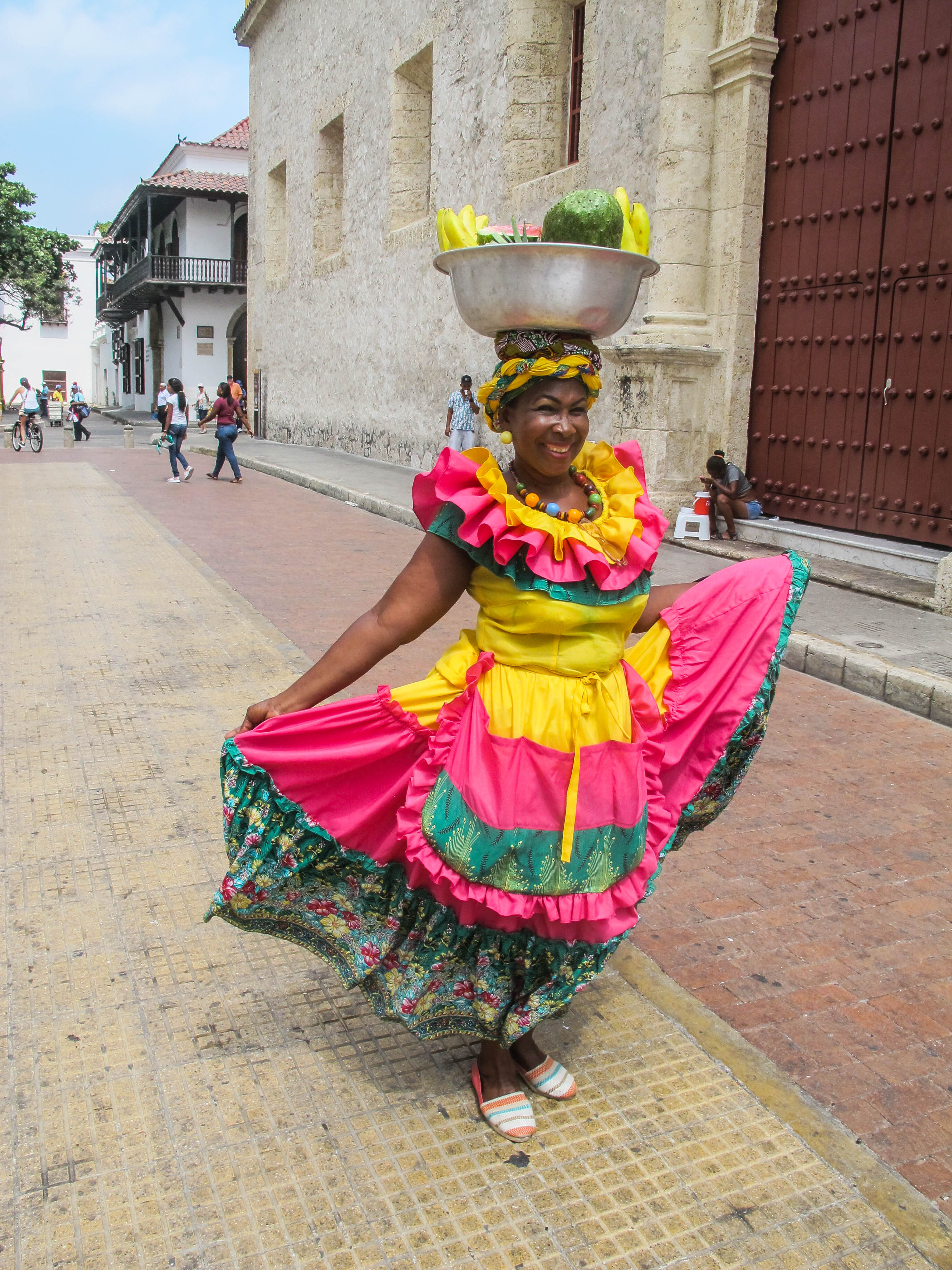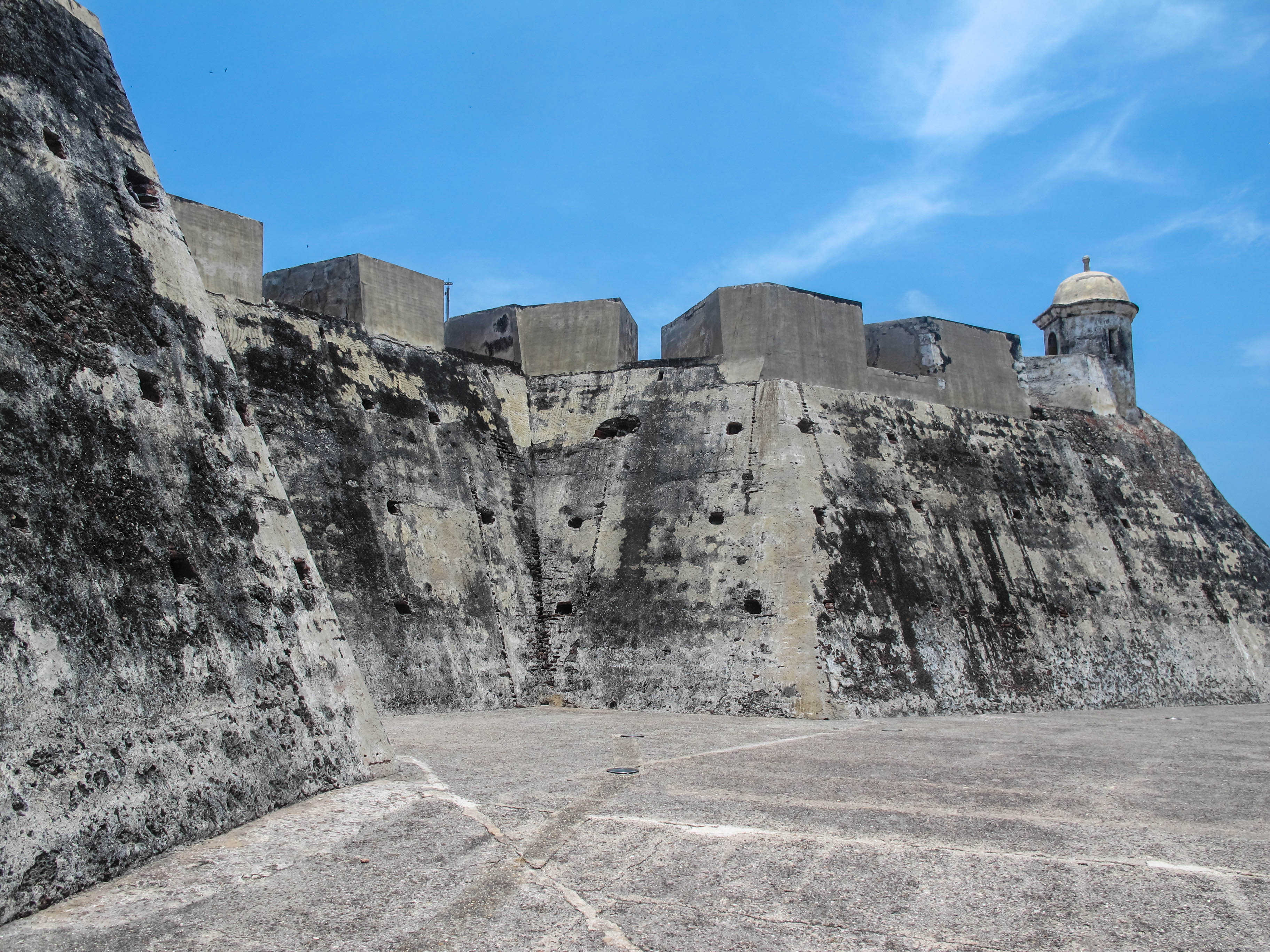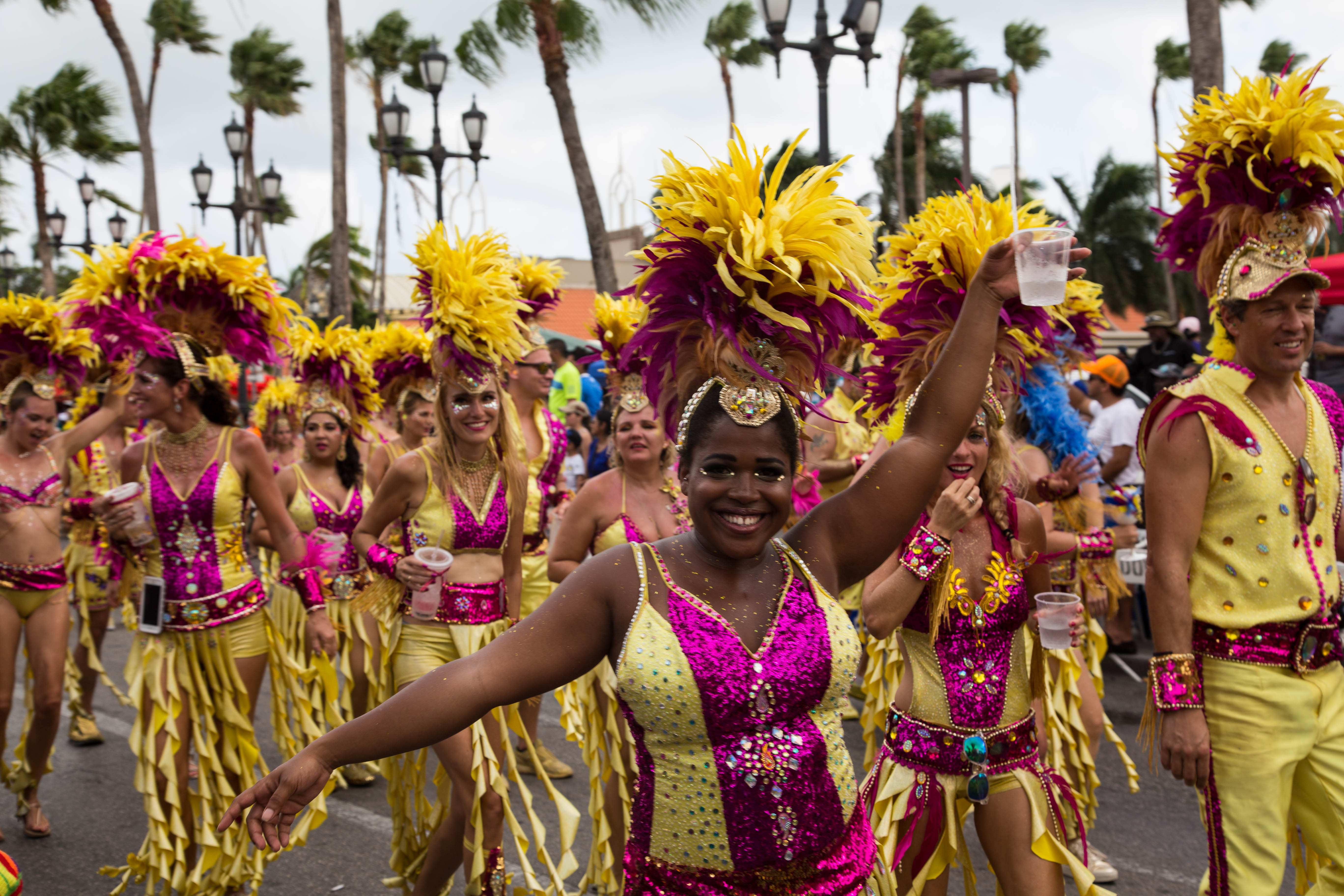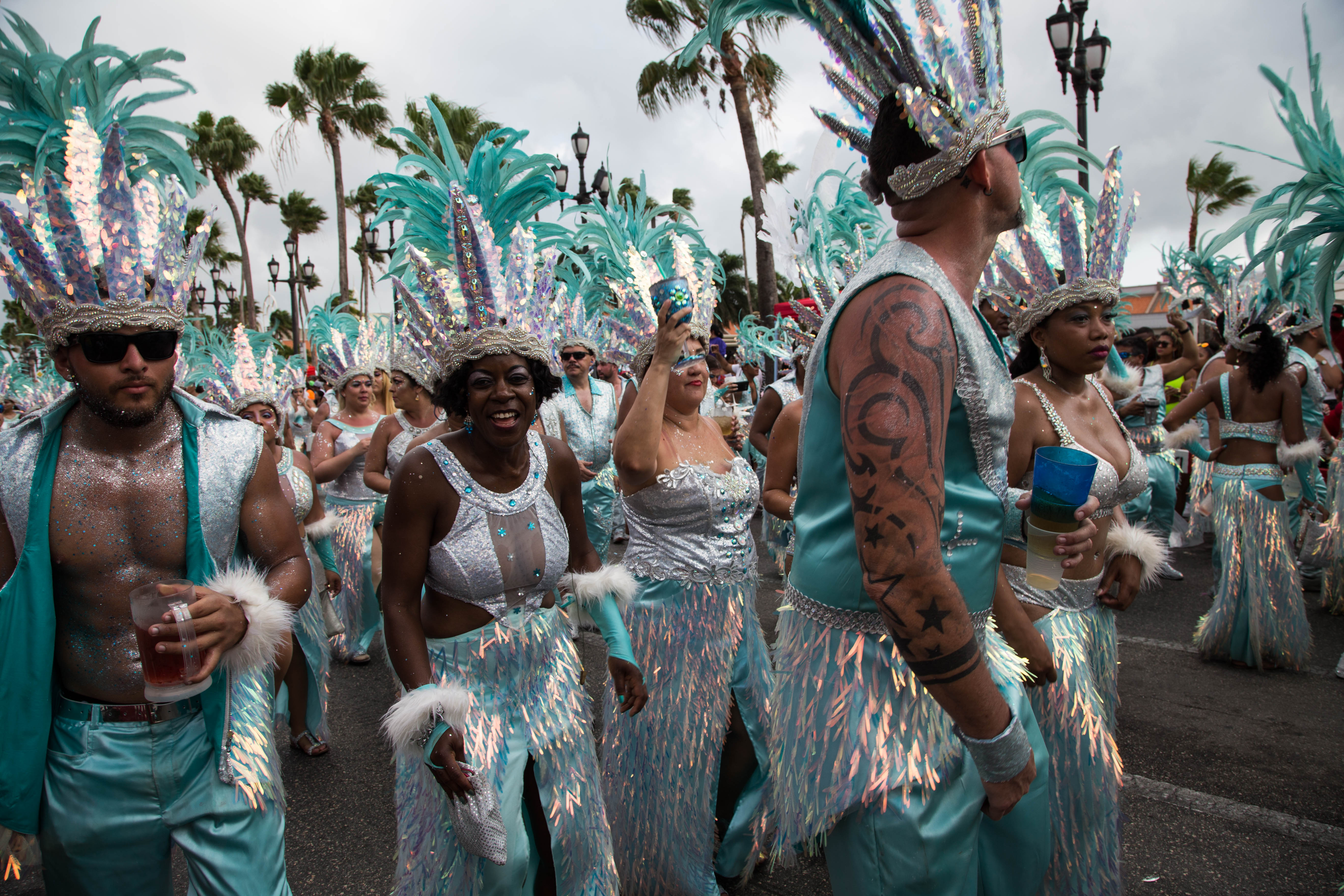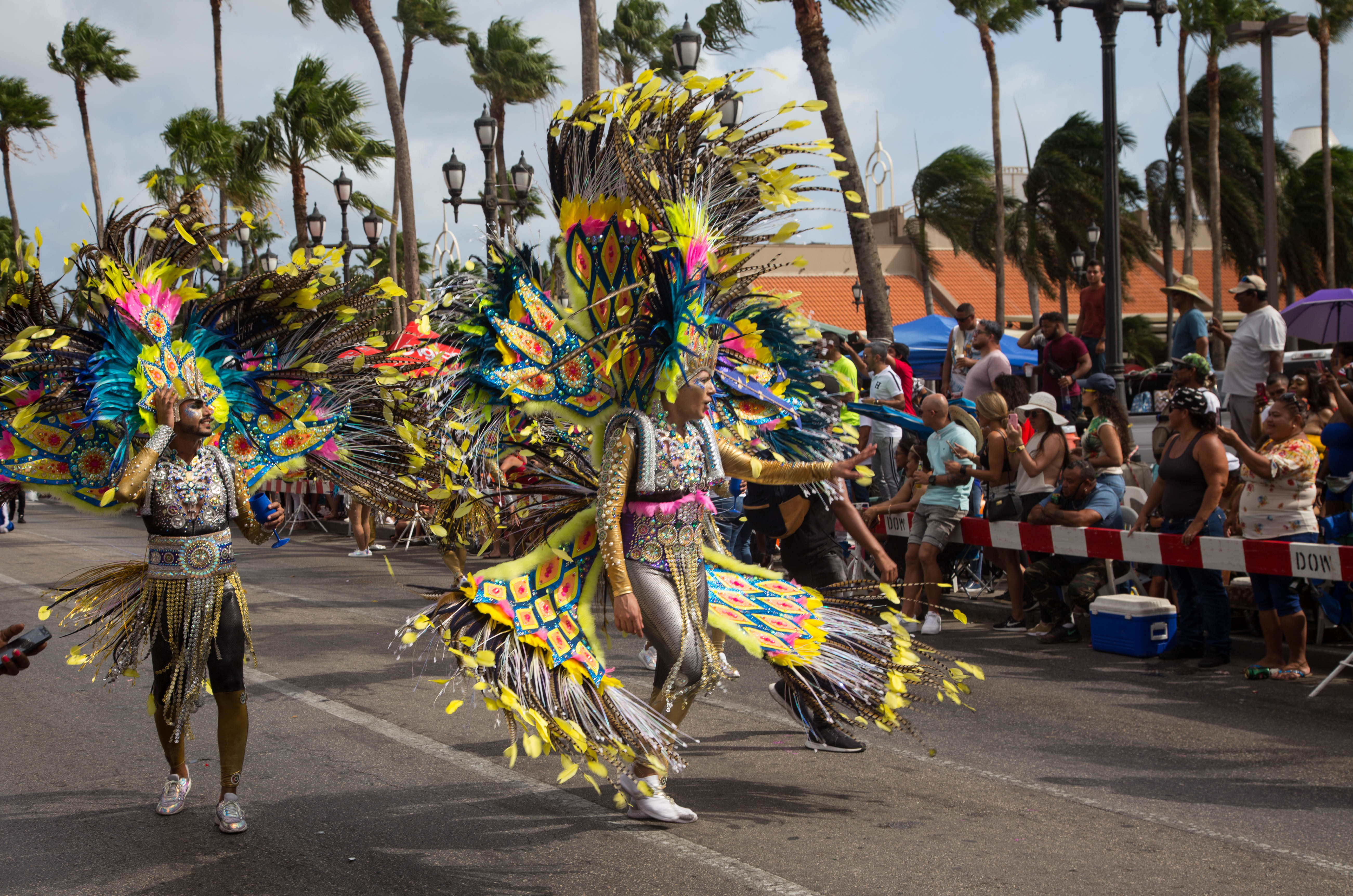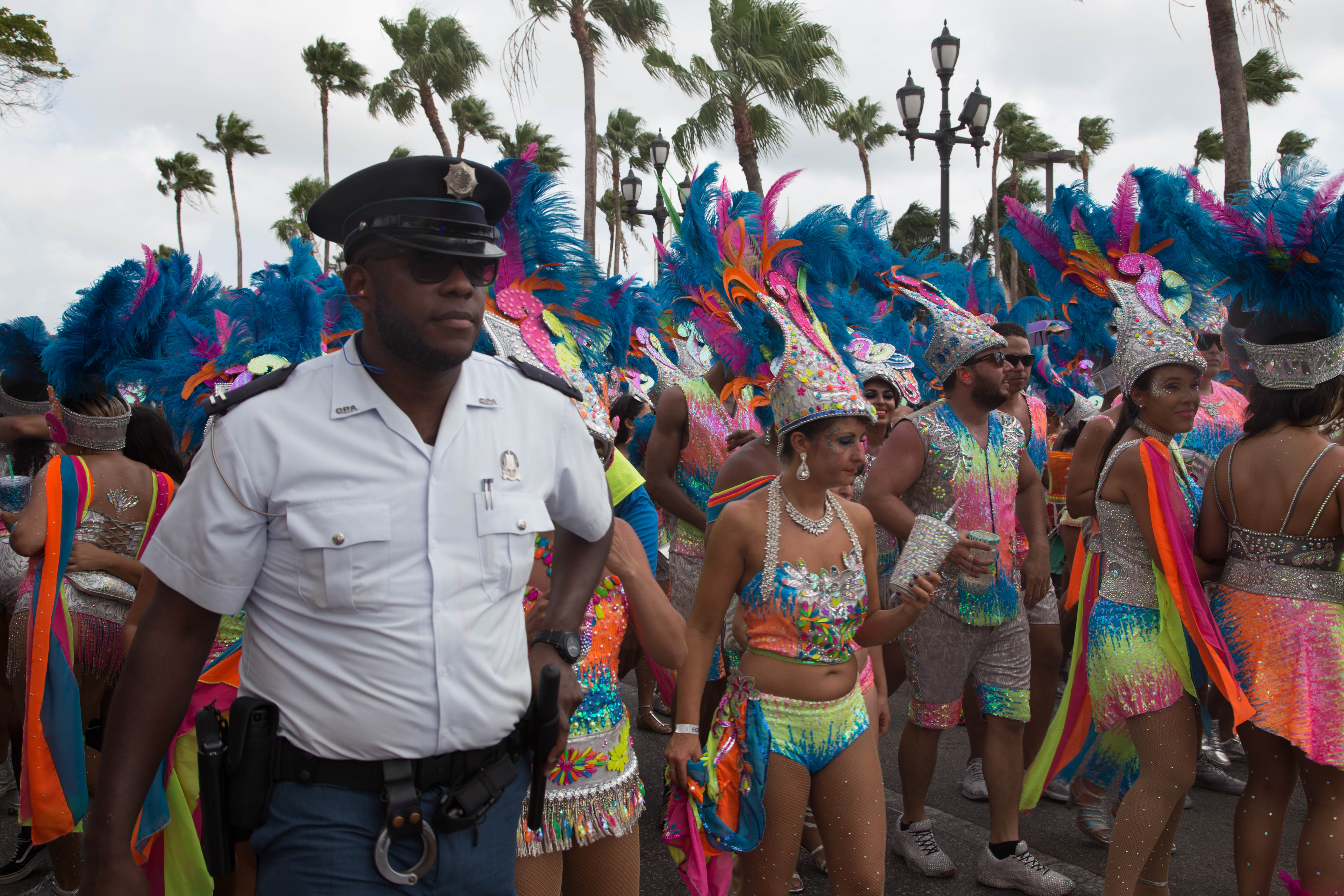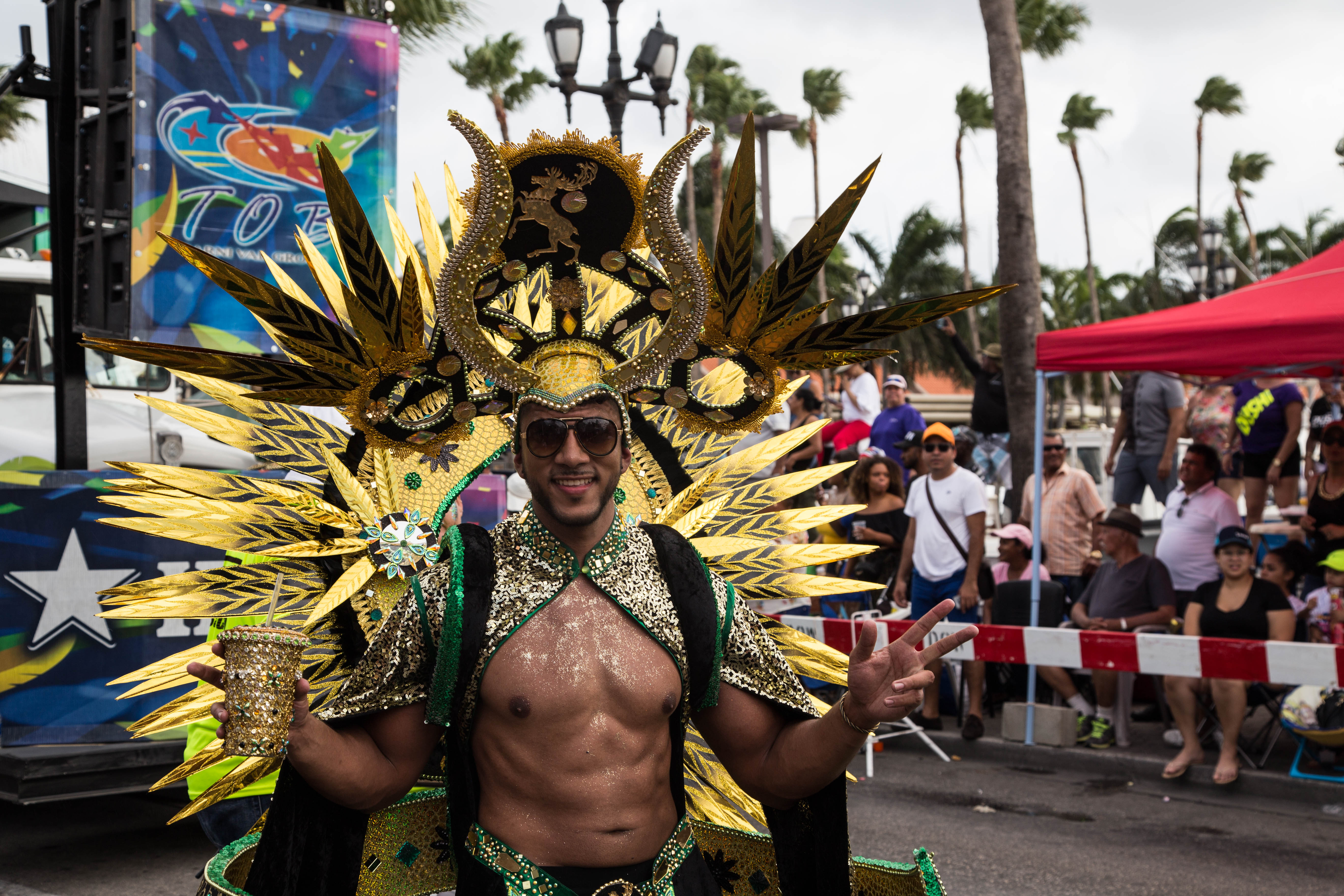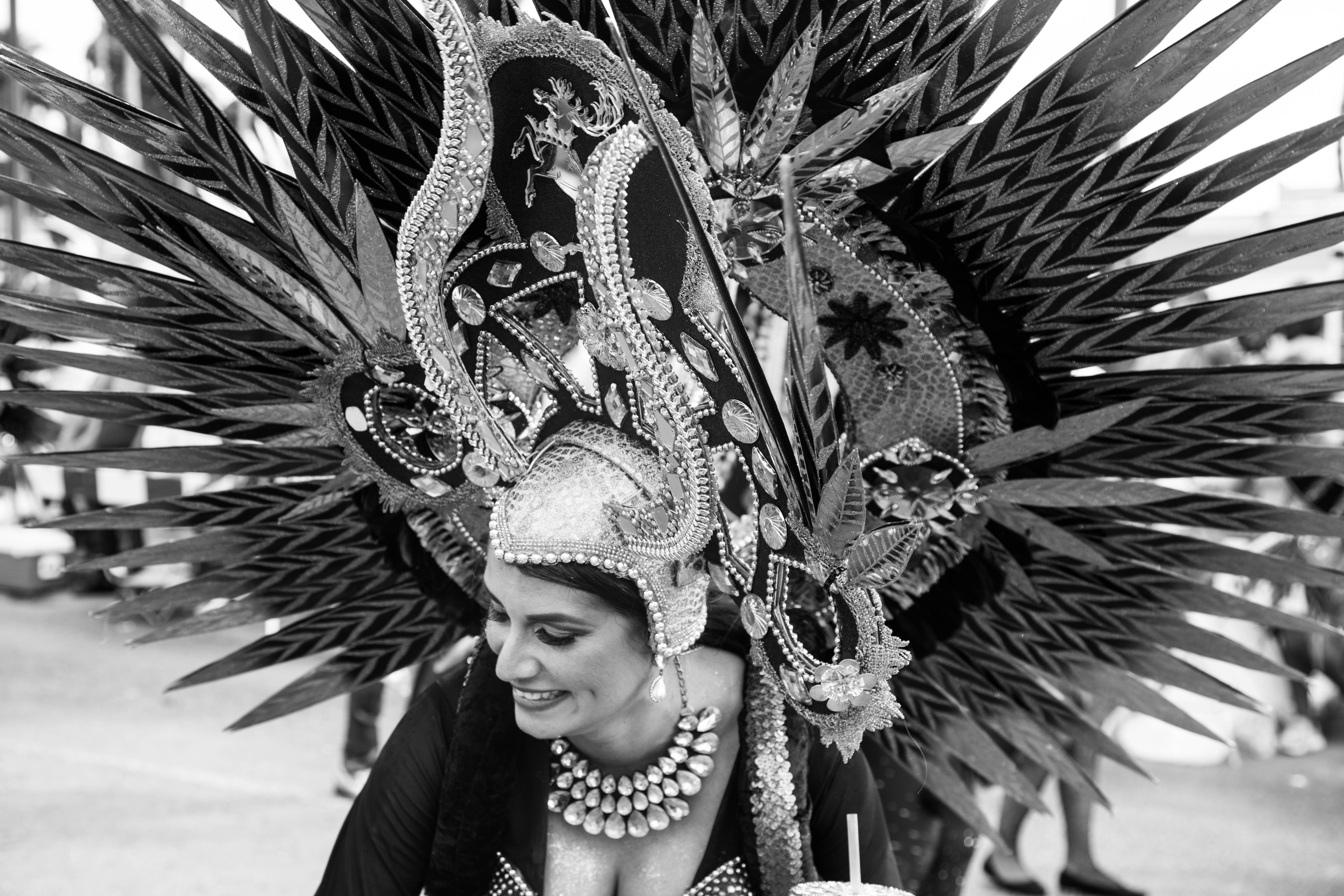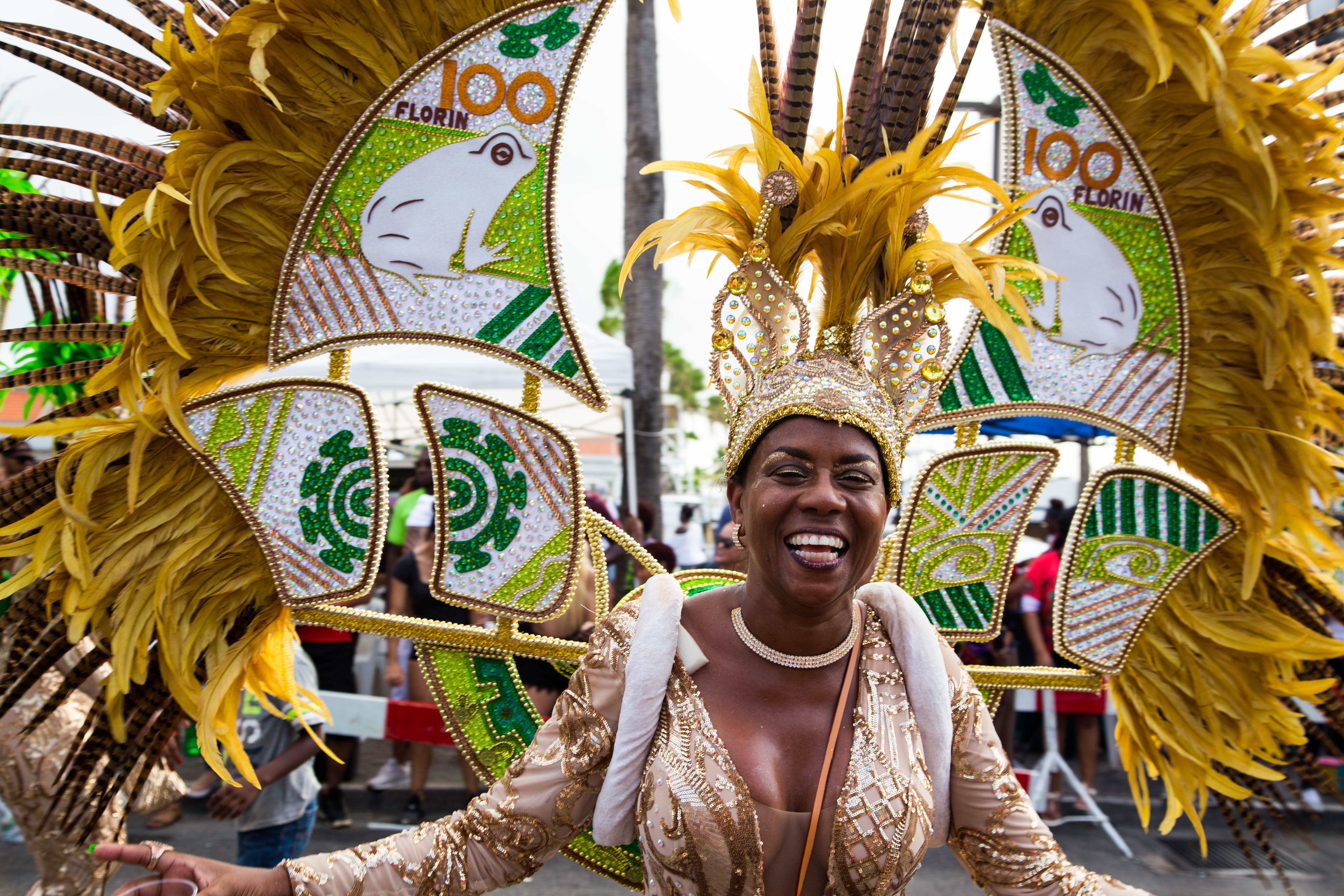
50 Ways to Blend in Life Abroad
The fourth and final stage of reverse culture shock is termed readjustment. It may take time to get there (it took me a few years), but eventually, you will begin to feel comfortable once again on your home turf. Google “reentry shock,” and plenty of advice about the readjustment phase can be found. Some tell you to integrate aspects of life abroad into life back home. For example, cook a dish you can’t find anywhere since moving back. Others tell you to explore your home country through the lens of a traveler. I followed all the advice for the first few years after moving home. I made arepas the way my Venezuelan friends taught me. Traveling all over the great state of Texas, I assumed the role of tourist instead of native. I did it all in an effort to readjust as quickly and effectively as possible.
Another piece of advice is to preserve the experience. Since I’d already done that with this blog, I reread and edited my posts from life overseas. In doing so, I found a lot of errors since I rarely edited at first, mostly exposing my struggles with forgetting to use hyphens and a lack of solid understanding about when to use the words everyday or every day. In this process, I came across a post where I talked about going back home one day, which was an interesting rearview mirror read. My reentry was far from the return home I Imagined in that post. I thought I might serendipitously slip back across the border into the United States much the same way I left. Instead, I frantically caught one of the last flights out of Europe, fleeing a global pandemic.
My hope in that post was that I would be able to carry the best pieces of life from foreign worlds back home with me. Below is a list of ways I have strived to do just that: readjusting to life in the United States. I borrowed most of it from living and traveling in other countries. There are 50 ways because I recently turned 50, which is around the time I started to finally feel like I was home. It’s a monumental age of sorts. It’s hard to wrap my mind around, but there is some wide open wisdom gained after living half a century on this planet. I imagine some of that is interspersed in this list as well.
1. Sometimes, life needs a reset. Moving out of the country is the jet plane of reset buttons. It changes everything. It transforms your life into what it can and should be. You will shed the old and begin again in a way you never would if you hadn’t left.
2. Budget your hard-earned money. Save for a future life. It will be here before you know it, no matter where in the world you live.
3. Keep a nice bottle of champagne chilled in the fridge for spontaneous celebrations. Amy Sedaris advises keeping a Peppridge Farm Coconut cake in the freezer for the same reason.
4. Take pictures. Write stories. Archive memories. Share these often with others.
5. Make most meals at home from scratch. A meal is always an event. So don’t skip breakfast, take long lunches away from a computer screen, and share homemade dinners with those you love.
6. Kids are the same everywhere. They are delicate and incredibly impressionable. Stop what you are doing whenever they speak. Listen as if they are revealing a rare discovery.
7. Integrate foreign words as mantras into your lexicon. La Bella Figura in Italian is the pursuit of living luxuriously in each moment. It has nothing to do with money; it’s about creating joy and beauty in life’s moments.
8. Define your core values and build a life around them.
9. Work hard each week. Make your own money and way in this world. Stop and reflect on it from time to time. Then, map out your plan for the next five years.
10. Make new friends. Diversify friendships. Find friends who are younger and older. Friends who speak another language. Friends with different politics and perspectives. Friends for the many different activities in your life.
11. I agree 100% with Sophia Loren, “I’d rather eat pasta and drink wine than be a size 0”
12. Give gifts from around the world. Choose a country to gift from for someone the same way you might choose a card or wrapping paper.
13. Time on this planet is finite. Count your blessings every day. Don’t take any of the days you have left here for granted.
14. Relationships should inspire you to be the best version of yourself. Let the ones that don’t go. And give every appreciative ounce of what you’ve got to those that do.
15. Celebrate new holidays. Why limit yourself? There are so many to choose from in this land of immigrants. All holidays are up for grabs. My latest holiday character craze is Befana, an old Italian witch who delivers candy to children on the eve of the Feast of Epiphany. She even sweeps up the floor on her way out the door, metaphorically sweeping away life’s pesky problems. Instead of leaving her cookies like Santa receives, a glass of wine with a few crumbs of food will suffice.
16. Buy a home. Incorporate into it curiosities from foreign worlds. Plant tulips. Hang seasonal pinatas. Sprinkle Hagelslag over your breakfast toast. Play rare overpriced West African music on vinyl. Make coffee using a Bialetti. Prop mannequins up and sit them outside on patio furniture to greet guests.
17. Enjoy a scoop of gelato. Bring out grandma’s serviceware and silver. Use it to eat dinner on a Tuesday. Buy a beautiful bouquet of flowers for no special occasion. Splurge on expensive fragrance; wear it every day. Buy the highest thread count when shopping for bedsheets. None of us knows what tomorrow will bring. Savor life now in the moment.
18. Watch foreign films and TV. Read a book set in another country. Read a book written in another language. Mix international music on your Spotify playlist. Follow social media from across the world.
19. Host thematic dinners. Italian and Mexican are our favorites. My husband does the cooking. His signature dishes are tomatillo chicken enchiladas and Italian bolognese. I incorporate thematic music, film, decor, drinks, and dessert.
20. Invest in good boots. A trench coat is a must. So is a cashmere sweater. Pencil skirts are always in style. Build a capsule wardrobe around high-quality staples.
21. Drink coffee and tea; develop rituals around both.
22. Sneak as much movement as possible into your life. These should be activities you look forward to most days. Don’t go more than three days without doing so. Do this to take care of a body that has carried you this far, not to lose weight.
23. I’m adopting a French Women Don’t Get Facelifts attitude to aging. Skip the botox and chemical peels. Invest in quality skin care. Aim for eight hours of sleep and eight glasses of water every day. It might not work, but I am willing to take the risk. I’m sure the extra money will be helpful during my AARP years, which I believe are technically already here.
24. Teachers are superheroes. Remember this if you are one. Treat the teachers in your life as if they wear a cape and save innocent lives because wearing ridiculous costumes and executing frequent emergency drills both fit the job description.
25. Spruce up the spare bedroom and prepare it for spur-of-the-moment guests. Even better if they are international guests.
26. Love your family unconditionally. Think of it as good practice for developing a live and let live approach to the broader community beyond.
27. Embrace the land from which you hail. One of the first things I did after moving home was tour all five missions in San Antonio. I am endlessly fascinated with the riveting tale that is Texas history.
28. Marriage is a great treasure. Treat it as such. And if it doesn’t go as planned, don’t lose hope because you never know what is going to happen next in life. Keep an open heart and romanticize life and each day’s new adventure.
29. Ca va? The French answer honestly. They aren’t afraid to speak their mind even when the truth is uncomfortable. Scoff at toxic positivity. Other countries see through this American facade. Feel what you feel and accept your human emotions, both good and bad. And don’t be afraid to express them, especially when something seems harmful and unjust.
30. You are not too old, and it’s never too late. My dad started working as a commercial pilot for American Airlines at fifty. My grandmother earned her Master’s in French and began teaching college at The University of Texas in Arlington at fifty. Fifty is a turning point, but it is more like the beginning of a new chapter or maybe even a new book.
31. Italians eat cookies for breakfast. Keep a cake stand on the kitchen counter for chocolate croissants. Celebrate mornings with sweets occasionally as if you live in Italy or France. Indulge in these pastries with a thimble-sized cup of motor-oil strong espresso.
32. Sunday is meant for relaxing and spending quality time with family and friends. It’s best to do as little work as possible on Sunday.
33. Don’t let Monday stress you out. Use it as a transitional time to ease into and prepare for the busy week ahead. Finish up the chores you didn’t get to over the weekend, mindfully prep for healthy meals, and make a list of things to do. Tuesday can still be transitional as well. A busy life needs lots of planning time.
34. Aldi is an upscale grocery shop in Italy. Experiment with shopping at Aldi in the US. It is a great place to buy cheap staples: pasta, legumes, grains, and nuts. Sometimes, you can even find garden gnomes and European chocolates. On an interesting side note, Aldi and Trader Joe’s have European roots to a time long ago when the German store split into Aldi Nord and Aldi Sud over a sibling disagreement about selling cigarettes. Both shopping experiences feel similar in some ways but not others. I like to go to Aldi for the basics and pick up specialty items at Trader Joe’s. And living in Dallas offers neverending Latin American options where even more bargains can be found. Dallas has the world covered when it comes to finding foods from all over the map.
35. Plan your next trip. Take a road trip or visit a bustling city or, better yet, another country. Some places make you feel like you are on another planet or have time-traveled to a historical era. Put a few of these destinations on your bucket list and prioritize travel.
36. Fill your home with film, music, and books. These are the staple ingredients of daily life.
37. Schedule weekly spa appointments. Self-care is essential, especially if your life involves caring for children all day.
38. Don’t underestimate the importance of morning and evening routines, especially if you are a member of the 5 AM club.
39. Elevate the conversation. Interesting people talk about ideas and creative pursuits. On that same note, Gossip is the devil’s telephone. Best to just hang up.
40. Treasure hunt. Shop locally. Visit antique stores. Frequent thrift shops. Support independently owned boutiques and local artists.
41. Subscribe to a favorite magazine delivered old-school style to your physical mailbox.
42. Visit a cafe. Leave your phone at home. Bring your mailbox magazine. Order coffee and sit sipping it for an hour or more. Meeting a friend for an Aperol Spritz is even better.
43. Rescue a creature in need. There are plenty of pups to pluck off the mean city streets. Ours was found skin-and-bones shivering under a car on a cold November morning in the midst of a Texas storm. Spoil the poor creature. Use foreign terms of endearment and foreign words for commands. She responds with a helicopter tail to dushi, the Papiamento word for sweet. And we recently gave her the nickname Boef, after my Dutch friend visited and called her that. It roughly translates to mean bandit in English. She also speaks Italian and understands that basta means enough.
44. Create art Kurt Vonnegut style–meaning do it only for the pure joy of creating something, anything.
45. Decorate your workspace with souvenirs. Eat fresh fruit as a mid-morning snack. Drink herbal tea in the afternoons. Take a Pinterest break at 4 PM. Walk outside under the sun if the weather permits. Plenty of small luxuries can be infused into the humdrum of the workplace and workday schedule.
46. Learn another language. By far, the best skill I picked up working abroad. Maintain it once you return. I carry weekly conversations in Spanish on Zoom with a Peruvian who lives in Chicago. This would never be penciled into my schedule if I hadn’t lived in Latin America for four years.
47. Perspective in life is everything. I like to think of it as looking through a View-Master Classic. You can turn the wheel to change how you see the world anytime.
48. There are many international experiences to recreate in any major U.S. city. I recently found an authentic Colombian restaurant in Carrollton, of all places. It was down the street from the apartment complex where I grew up. I appreciate that they only speak Spanish at Casa Vieja and serve a traditional meal of Pandeja Paisa along with the most delicious soursop margarita.
49. I was always thrilled to meet Americans abroad, no matter their background or beliefs. I could sit and talk to them for hours in faraway places like the frozen salt flats of Bolivia, perhaps while sharing a pizza as Lou Reed played on the speaker above our booth. Since moving back home, I’ve decided to take this same approach to meeting my fellow citizens. We have more in common than differences that divide us. We are living the dreams our grandparents and great-grandparents built for us. The best way we can honor them is to work together to do the same for the next generation.
50. Give of yourself. Share your expertise, time, interests, talents, skills, love, understanding, whatever you have to give. Do so generously and enthusiastically. After a half-century of life, I’m convinced that this is why we are all here.








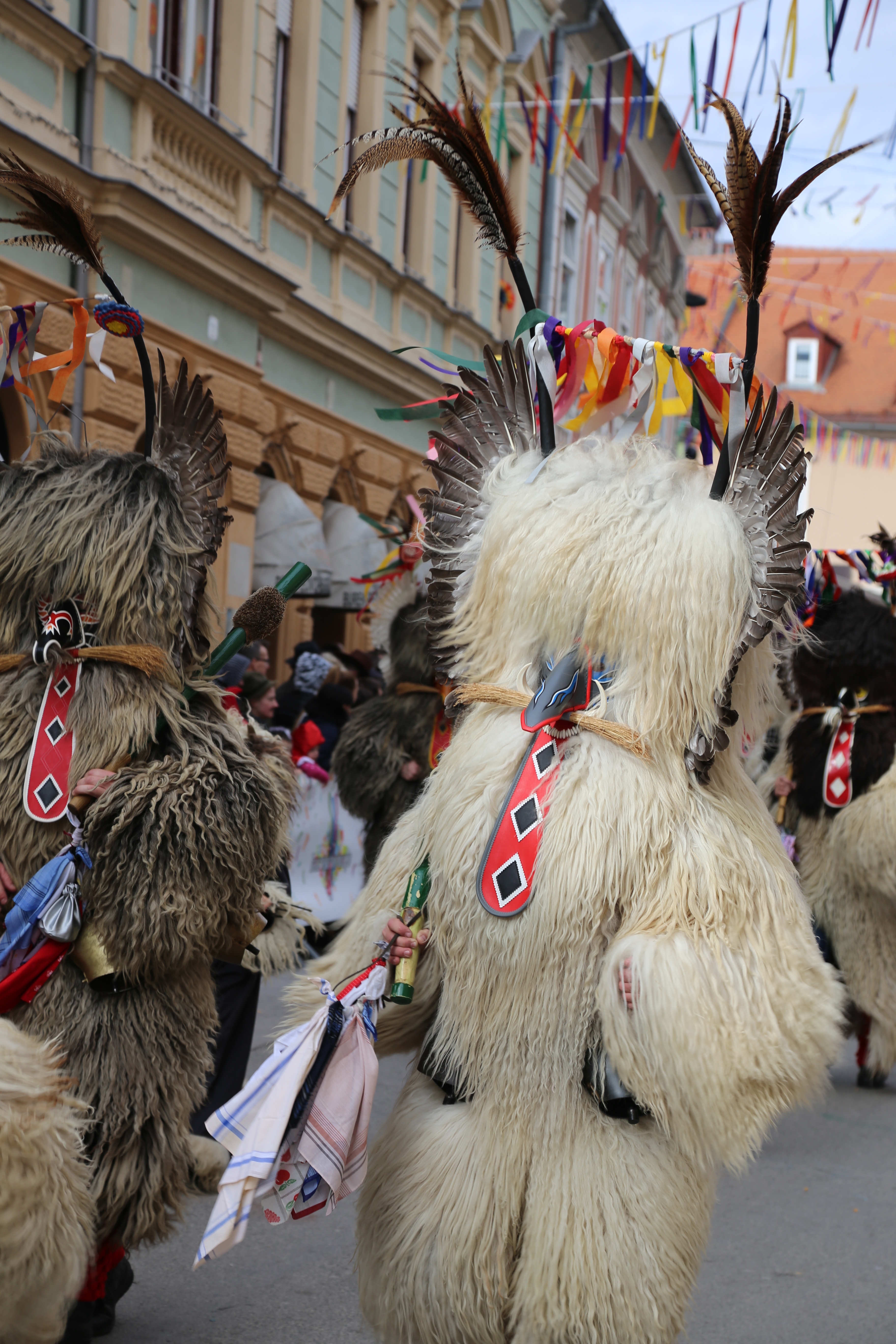
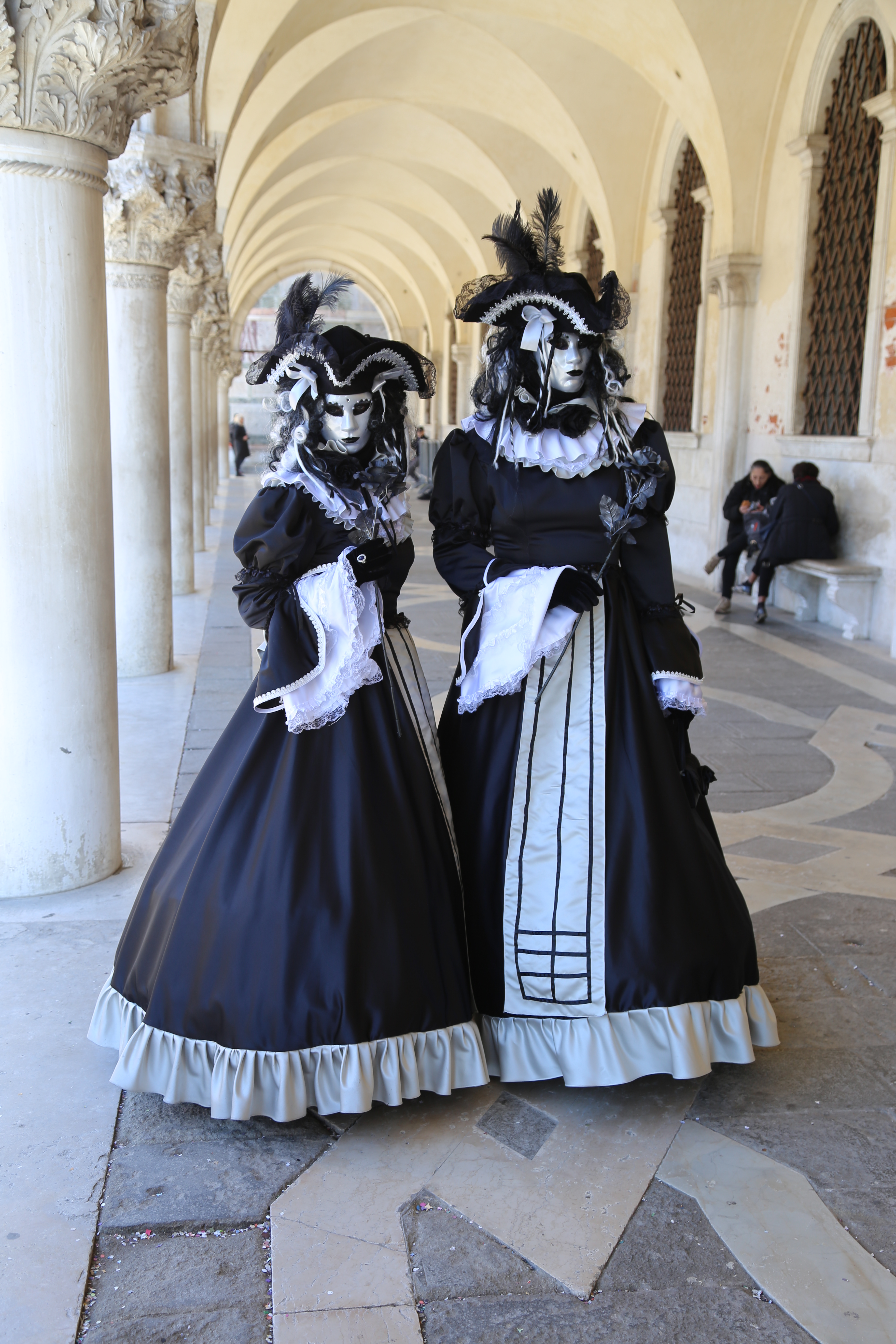
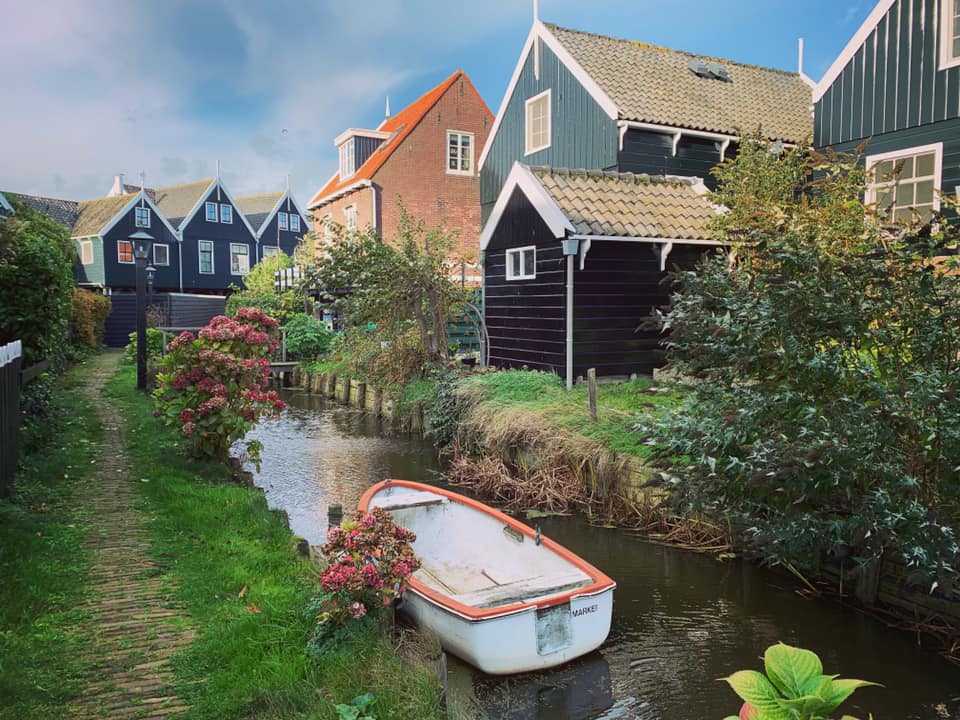 I visited Amsterdam weeks ago over fall break, which happens around Halloween here in Italy. After living on a Dutch island for four years, Amsterdam is as close as I can get to something that feels like home in the Old World. The Netherlands seems more familiar to me at this point than Italy. Close proximity to the Dutch from the city of Trieste was one of the reasons I agreed to sign up for a European stint. I might be half a world away from home and a full day ahead in a different time zone, but I’m only a two-hour flight from all things Dutch.
I visited Amsterdam weeks ago over fall break, which happens around Halloween here in Italy. After living on a Dutch island for four years, Amsterdam is as close as I can get to something that feels like home in the Old World. The Netherlands seems more familiar to me at this point than Italy. Close proximity to the Dutch from the city of Trieste was one of the reasons I agreed to sign up for a European stint. I might be half a world away from home and a full day ahead in a different time zone, but I’m only a two-hour flight from all things Dutch. 


